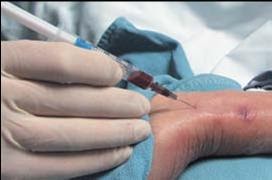Is A Career in Respiratory Care For You?
What is Respiratory Care?
Respiratory Care is an Allied Health specialty concerned with the diagnosis, treatment and prevention of respiratory diseases. Respiratory Therapists work as part of a team with physicians, nurses and other specialists to provide total care to their patients.
Where do Respiratory Therapists work?
Hospitals are the primary employers of Respiratory Therapists. Within the hospital setting, therapists work with patients in all age groups, and in all clinical areas from general care to neonatal, pediatric and adult intensive care. However, many therapists now work in the home care setting as well as in alternative sites, such as pulmonary rehabilitation, skilled nursing facilities and outpatient clinics.
What do Respiratory Therapists do?
Respiratory Therapists are involved in the diagnosis, treatment and prevention of respiratory disorders. Some of the primary job responsibilities of a Respiratory Therapist include:
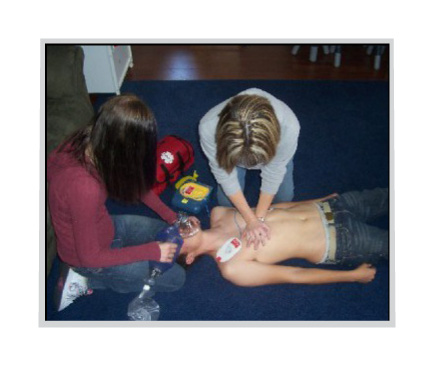 |
|
| |
|
| 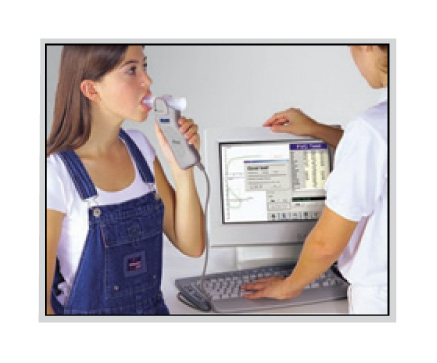 | Pulmonary Function Testing Pulmonary function tests (PFTs) are non-invasive tests that show how well the lungs are working. The tests measure lung volume, capacity, rates of flow, and gas exchange. This information can help your healthcare provider diagnose and decide the treatment of certain lung disorders. Therapists also draw arterial blood to assure that the lungs are oxygenatiing the blood and removing carbon dioxide. |
Mechanical Ventilation |
| 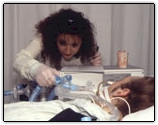 | |
| 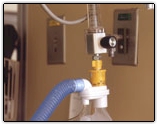 | ||
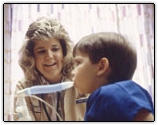 | Aerosol Therapy and Breathing Exercises Therapists may assist their patients with breathing difficulties by using devices which administer medical gases under pressure. These positive pressure breathing devices are also capable of delivering aerosolized medications. These medications may also be administered by a non-pressurized hand held nebulizer. For those patients who do require either pressurized treatments or aerosolized medications, the therapist can assist with exercises which emphasize deep breathing and muscle control. | ||
| 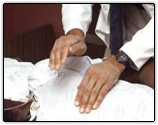 | ||
What is the current job market for Respiratory Therapists?
According to the Department of Labor's Bureau of Labor Statistics, employment of respiratory therapists is expected to grow 14 percent from 2021 to 2031, much faster than the average for all occupations.
Respiratory Care is a career for now and the future.
Learn more about being a respiratory therapist from the American Association for Respiratory Care.
Check out the U.S. Department of Labor's Bureau of Labor Statistics Occupational Outlook Handbook for Respiratory Care.
1 Bureau of Labor Statistics, U.S. Department of Labor, Occupational Outlook Handbook 2019-20 Edition, Respiratory Therapists, on the Internet at http://www.bls.gov/ooh/healthcare/respiratory-therapists.htm.

